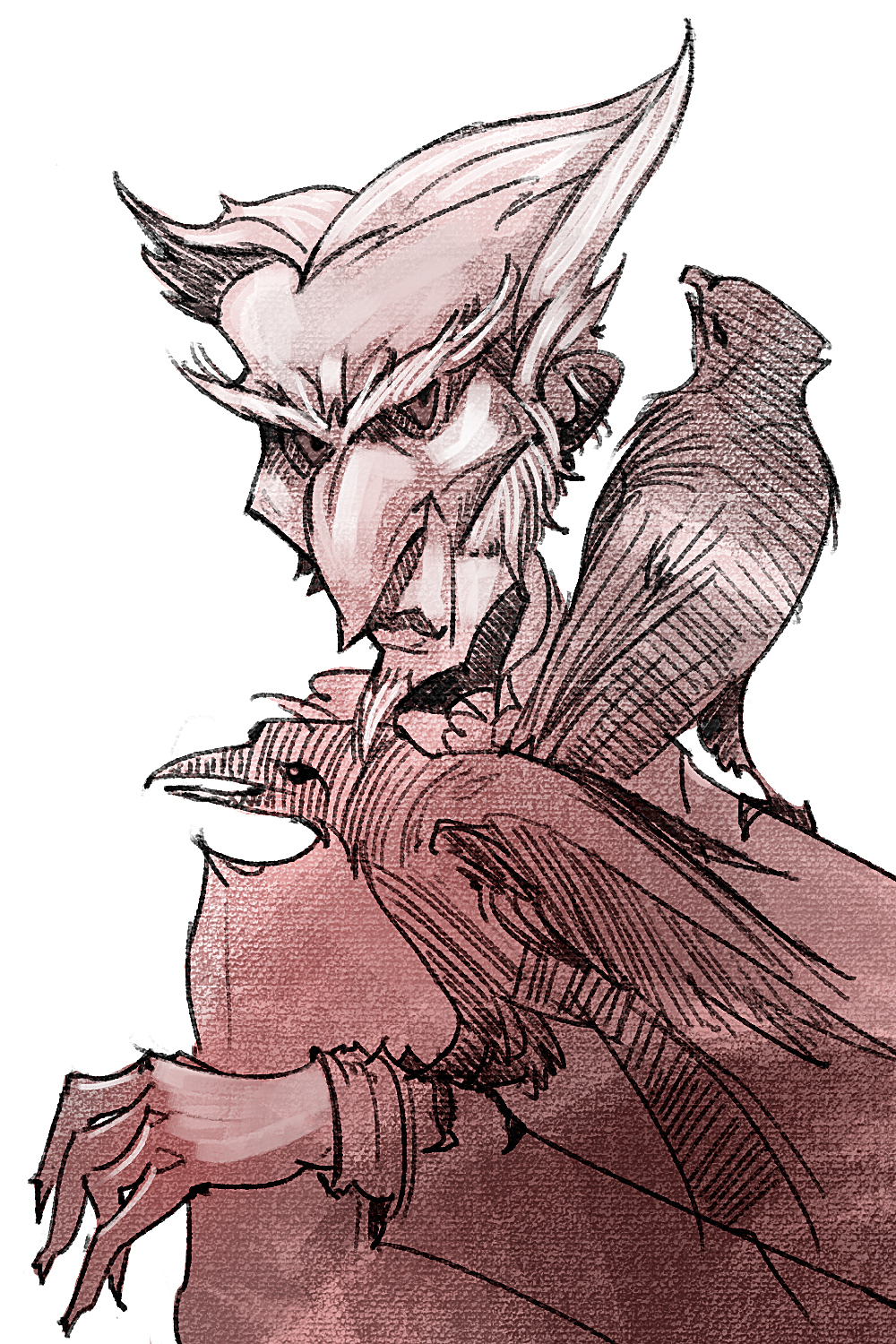I was seven years old when I had my first encounter with Lemony Snicket’s A Series of Unfortunate Events (ASOUE). At that time the latest release in the series was the ninth book, The Carnivorous Carnival, and rumors of a film adaptation had just begun to spread. When Paramount released their take on the series two years later, I was so enthralled with the books that I was well-equipped to be disappointed by the film.
It is for this reason that, my response to Netflix’s plan to adapt the first four books in the series into an eight-part television season was, for a while, invariably one of cautious optimism. But I can now say with certainty that Netflix’s adaptation has successfully distilled the spirit of the series and adeptly translated it to the screen.
The show’s casting is impeccable, yet it is the least interesting thing it has to offer. Malina Weissman’s Violet and Louis Hynes’ Klaus strike a difficult balance in realizing the Baudelaires as talented and clever children without aging them, or straying from the precocious and sad, yet lovable youngsters from the books. Neil Patrick Harris does not let his character’s comedic beats overshadow the sad truth that the funniest character in the series is an abusive, brutish tyrant, and all-around monster. Patrick Warburton is a dryly humorous, yet beautifully and heartbreakingly complex Snicket.
Netflix managed to keep intact the delightful postmodern elements that made ASOUE stand out as a children’s book series. Snicket’s routine references to form have remained, with frequent references to his role as a television show narrator. In an unexpected shift, Olaf joins the fun as he frequently references his preference for streaming television services over movies. The whole series is rife with anachronistic references, and adult jokes that would typically go over a young child’s head. Here’s the brilliance, however—ASOUE makes complex jokes without ever once leaving its younger audience in the dust, such as when Klaus slyly encourages us to look up the Italian word ‘puttanesca’—spoiler: it means sex worker. This willingness to make references that aim above his key demographic’s heads, while also giving them the tools to figure them out, is key to Snicket’s charm and popularity. It was sorely missing from the 2004 film adaptation, and it is here in full force on Netflix.
Then there’s the aesthetic. The sparse illustrations provided by Brett Helquist in each novel go a long way to bringing life to the characters and reinforce the morose tone with his neogothic style. Helquist’s sharp, expressive faces, and grandiose scale make him impossible to replicate on screen. But, the show’s often washed-out colour palette, style of dress, and obviously-constructed set design go a great deal of the way to recreating the feel of the books. Additionally, the show exhibits obvious influence from Canadian cartoonist Seth, aka Gregory Gallant, who illustrated Snicket’s ASOUE follow-up series, All the Wrong Questions. His work blends vibrant color with black and white penciling to create the same washed-out vibrancy that’s present in the show.
These choices go a ways towards realizing what appears to be the show’s backdoor goal: expanding the world of the ASOUE books, and connecting the two series without corrupting what is already there. We are shown a more active VFD—the secret organization present in both series—and the role of its operatives in the backdrop of the Baudelaires’ lives.
As a result, ASOUE presents an adaptation that is both fresh and faithful. If you love literature, television, or post-modernism, this show is well worth your time.
– Graphic by Christophe Young






